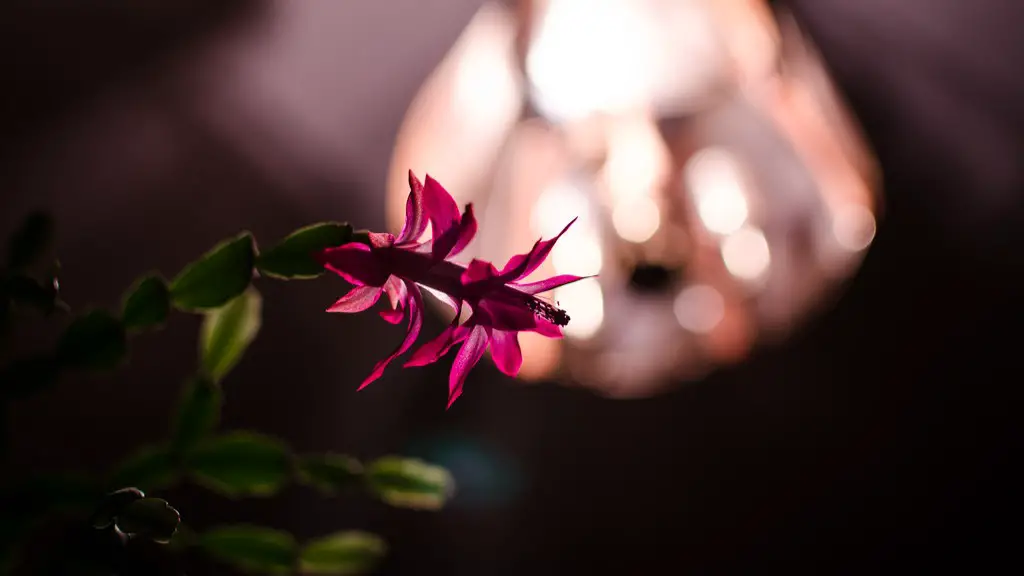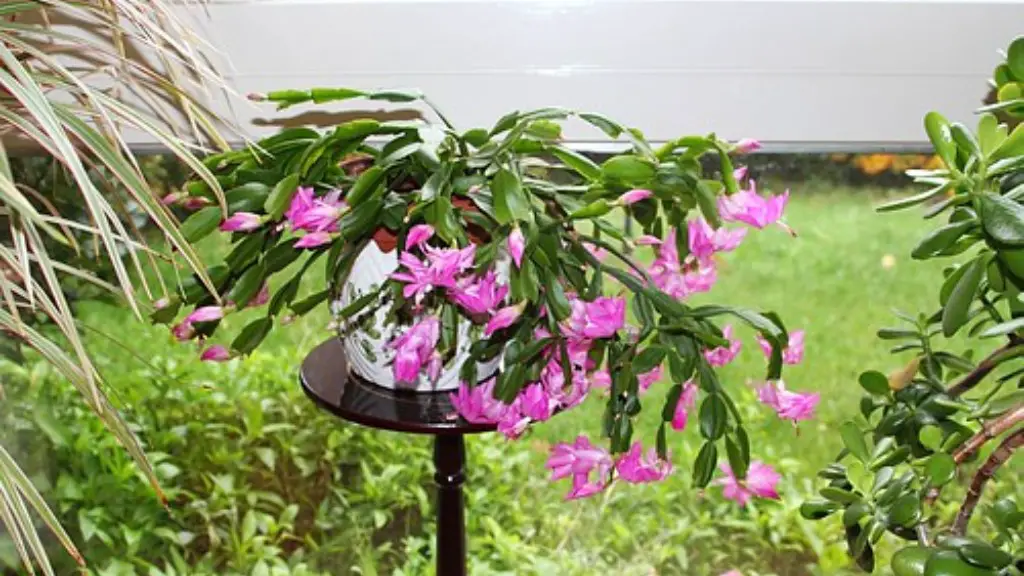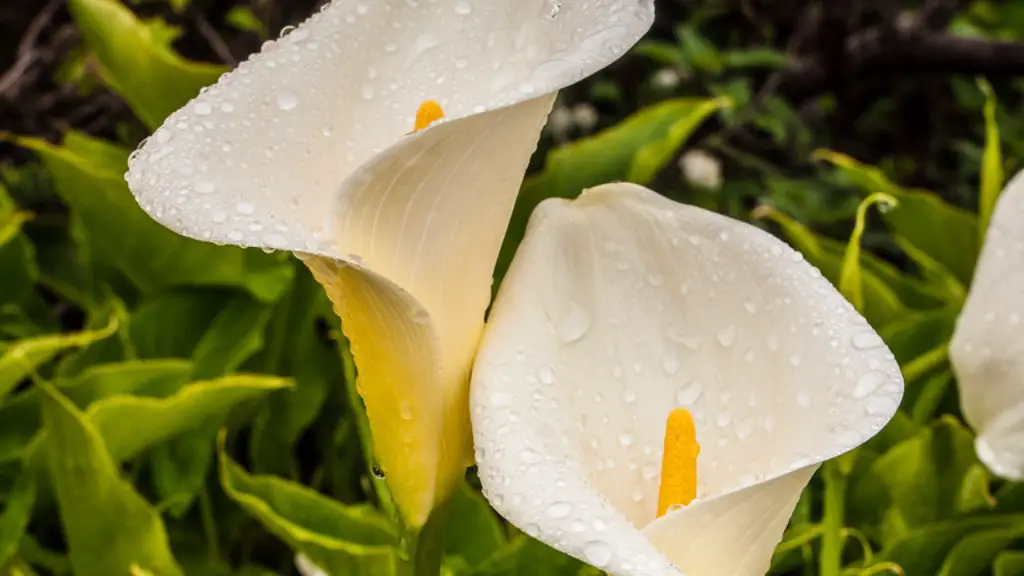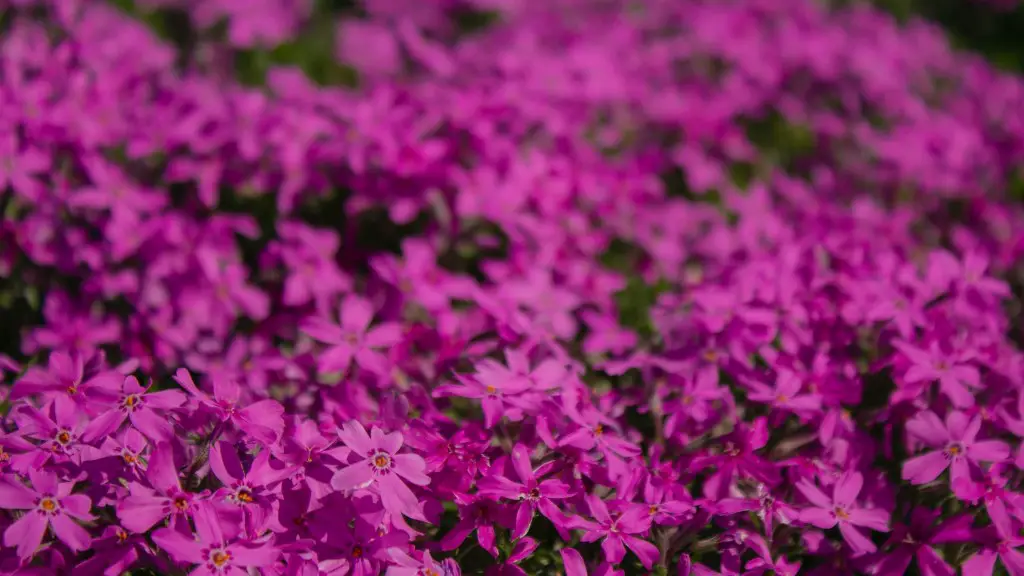It’s that time of year again where Christmas is just around the corner. You’ve brought out all of your holiday decorations and your home is looking merry and bright. But there’s one decoration that’s missing its usual cheerfulness: your Christmas cactus. This cactus is supposed to bloom around Christmastime, but for some reason, it’s not. There are a few reasons why this may be the case.
There are a few reasons why your Christmas cactus may not be blooming. One reason could be that it is not getting enough light. Christmas cacti need bright, indirect light to bloom. Another reason could be that it is not getting enough water. These plants like to be kept moist, but not soggy. Make sure you are not overwatering your plant. Another possibility is that the plant is not getting enough of the right nutrients. Use a fertilizer made specifically for cacti and succulents to give your plant the nutrients it needs to bloom. Finally, the plant may just need more time. Be patient and give your plant the care it needs, and it should eventually bloom.
How do I get my Christmas cactus to bloom?
If you want your forest cactus to bloom around the holidays, start the process 6-8 weeks before by placing it in a dark closet for 14 hours each night. Then bring it back out into a bright location during the day. Once buds begin to form, you can stop the closet treatment and enjoy the blooms!
This will help to trigger the plant’s natural blooming process. Once the plant has been in the dark for 12 hours, move it back to its normal location. Repeat this process for about two weeks.
How often do you water a Christmas cactus
Christmas cacti are relatively easy to care for. They prefer bright, indirect light and should be watered every 2-3 weeks, or when the top inch or so of soil feels dry to the touch. These plants are also relatively tolerant of temperature fluctuations, so don’t worry if your home is a bit cooler or warmer than usual. With a little TLC, your Christmas cactus should thrive for many years to come!
Christmas cactuses need to experience a drop in temperature to tell the plant that it’s time to start blooming. If your plant is placed in a south-facing window in the warmest spot in your house, try moving it to a north-facing window or near a door. This will give the plant the temperature change it needs to start blooming.
How do I stimulate my cactus to flower?
To encourage your cacti and succulents to bloom, follow these tips:
1. Proper temperatures: Make sure the plant has a period of dormancy and is exposed to the right temperatures.
2. Plenty of light: Cacti and succulents need plenty of light to encourage flowering.
3. Feed or fertilize: Make sure the plant is getting the nutrients it needs by feeding or fertilizing it regularly.
4. Water: Water the plant regularly, but make sure to limit the amount of water during the dormancy period.
5. The right medium: Use the right type of potting medium for your plant.
It’s easy to keep your Christmas cactus healthy and thriving with just a few simple tips. Be sure to plant it in Miracle-Gro® Cactus, Palm & Citrus Potting Mix and water when the top 1 to 2 inches of soil are dry. You can also increase humidity around the plant by misting it regularly. Finally, be sure to feed it from after blooming until fall with Miracle-Gro® Succulent Plant Food. With just a little TLC, your Christmas cactus will stay looking beautiful for years to come.
Where is the best place to put a Christmas cactus?
If you’re looking to add a splash of green to your home during the winter months, a holiday cactus may be the perfect plant for you! These cacti are native to the tropical regions of South America and thrive in warm, humid environments. While they can tolerate full sun, they grow best when they are placed in a location with partial shade, such as an east or west facing window. The ideal temperature for a holiday cactus is between 70° and 80℉.
If you want your Christmas cactus to bloom, you need to mimic its natural bloom cycle. This means cutting back on how much you water it during late fall, from October to the middle of November. Let the top two or three inches of soil dry out between waterings. Then, increase the amount of light and warmth it gets. This will help encourage flower buds to form.
Is Epsom salt good for Christmas cactus
Holiday cacti are plants that require a higher level of magnesium than most other plants. In order to ensure that your holiday cactus gets the nutrients it needs, it is important to fertilize it monthly during the growing season with a solution of Epsom salts (magnesium sulfate) and water. The recommended ratio is 1 teaspoon of Epsom salts per gallon of water. However, it is important to not apply the Epsom salt solution the same week as you would your regular fertilizer.
A Christmas cactus can bloom up to two times per year if they’re given the proper care and dormancy conditions. It’s normal for them to bloom in December, and sometimes they will flower again in the spring. By providing the cactus with 12 hours of darkness every day and keeping the temperature between 50-60 degrees Fahrenheit, you can encourage them to bloom.
What does a Christmas cactus look like when it’s Overwatered?
If you notice your Christmas Cactus has yellow leaves and is beginning to go limp, it is likely overwatered. Check the soil to see if it is continually moist and if the roots are taking up any water. If not, you may need to water your plant less frequently.
Watering:
It is important to keep the soil evenly moist while your cactus is blooming. You can do this by misting it frequently.
Light:
Place the cactus in an east-facing window for moderate light and some direct sun. This will help to ensure that your cactus gets the light it needs to stay healthy and bloom.
How do you rejuvenate a Christmas cactus
If you have a wilted or limp Christmas cactus, it may be due to a lack of water or too much direct sunlight. If you’ve neglected to water the plant, begin by giving it a limited drink. Continue to water sparingly every few days until the soil is lightly moist.
Cacti prefer to be snug in their containers and your plant will stay healthier if it is repotted more often, rather than trying to grow it in a pot that is too big. By repotting your cactus more often, you will allow it to stay healthy and prevent it from becoming rootbound.
How long do Christmas cactus live?
The Christmas cactus is a beautiful plant that can last for generations. It is easy to take care of and has stunning flowers. With proper care, it can live for up to 100 years! This plant is the perfect addition to any home during the holiday season.
To encourage bud set, provide bright light, temperatures between 55 F and 65 F, and 13 hours or more of continuous darkness each day. By doing this, you will encourage the plant to flower during the winter holiday season.
Warp Up
The Christmas cactus is a tropical plant that requires specific conditions in order to bloom. If the plant does not receive sufficient light, it will not bloom. The plant also needs a period of darkness in order to bloom, so if it is not receiving at least 12 hours of darkness each day, it will not bloom. In addition, the plant needs to be kept relatively dry during its blooming period; too much water can prevent it from blooming. Finally, the Christmas cactus needs to be fertilized regularly; if it is not, it will not bloom.
There are several reasons your Christmas cactus may not be blooming. It could be because it is not getting enough light, or it could be because the temperature is too hot or too cold. It could also be because the plant is not getting enough water. If you think your Christmas cactus is not blooming because of one of these reasons, you can try to remedy the problem and see if the plant starts to bloom.




